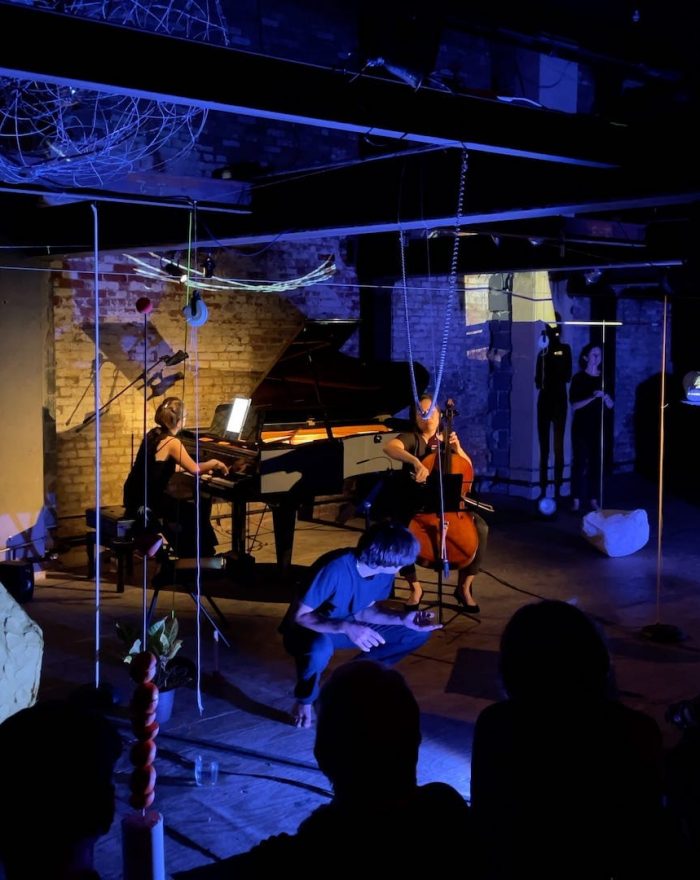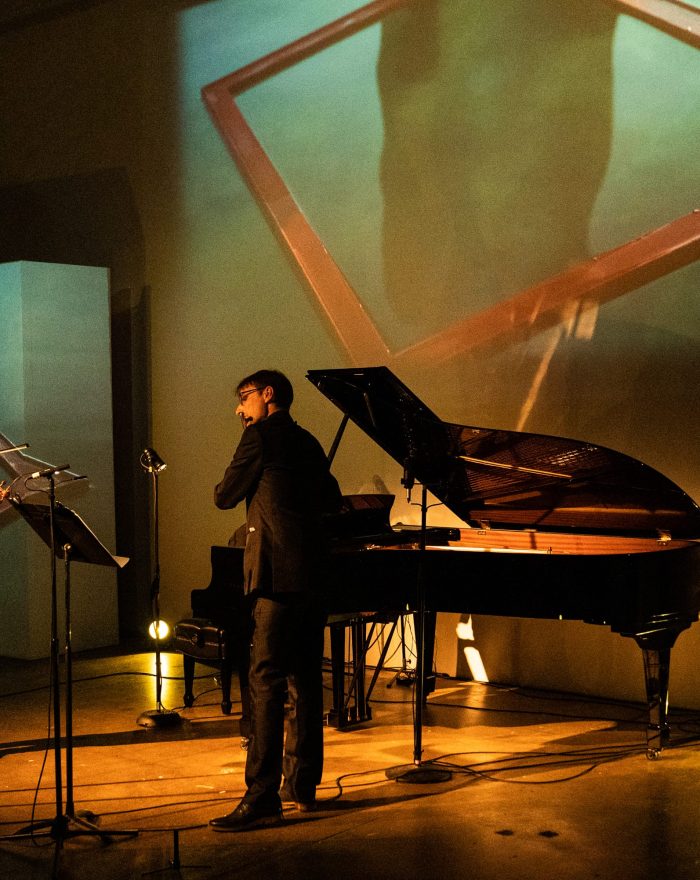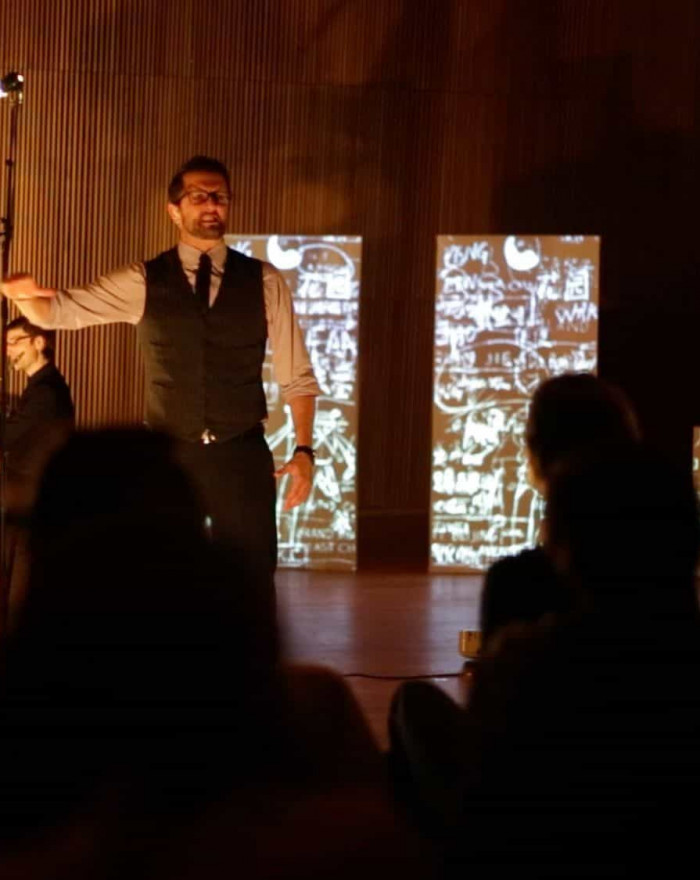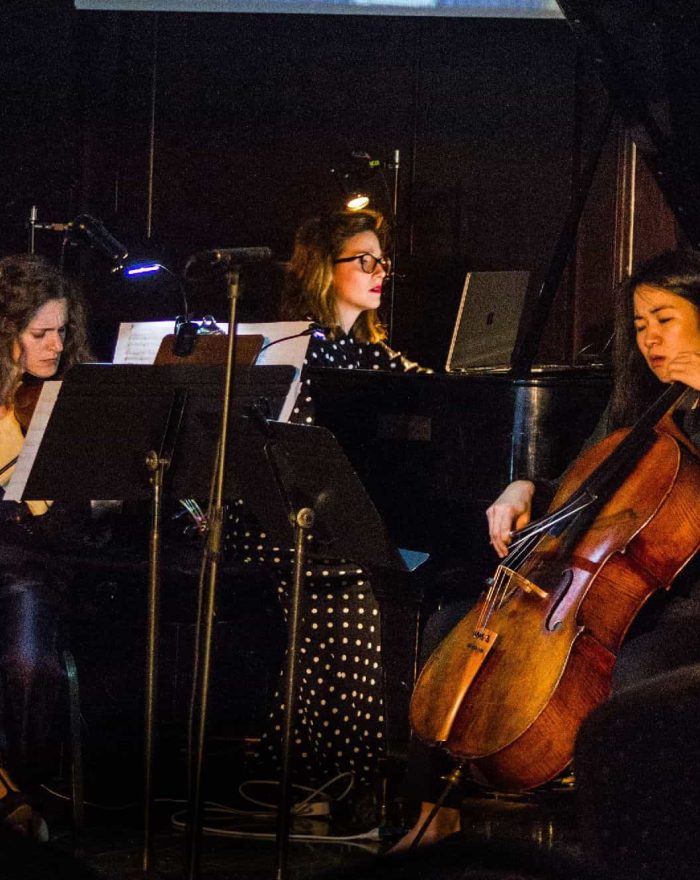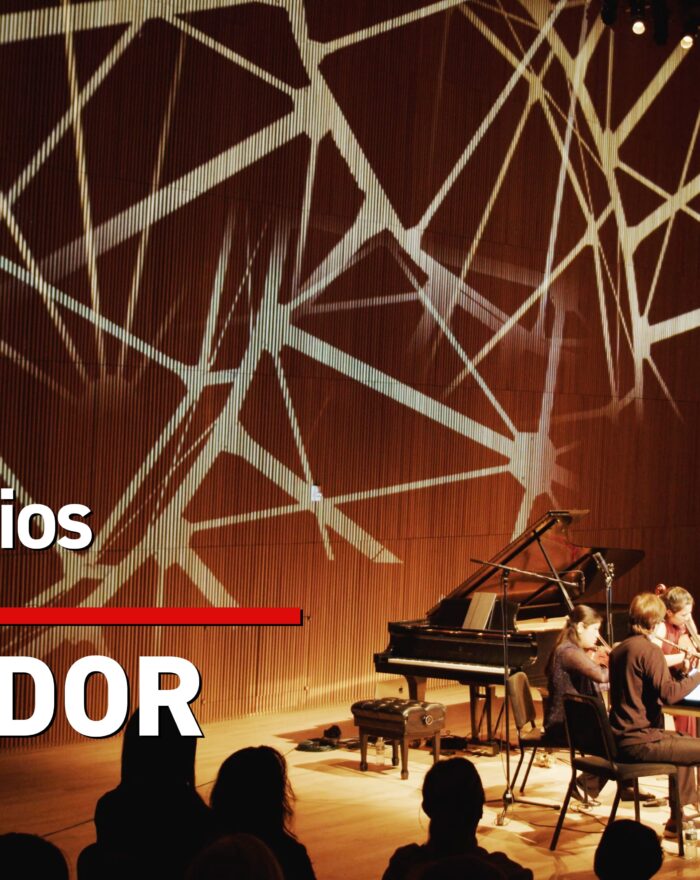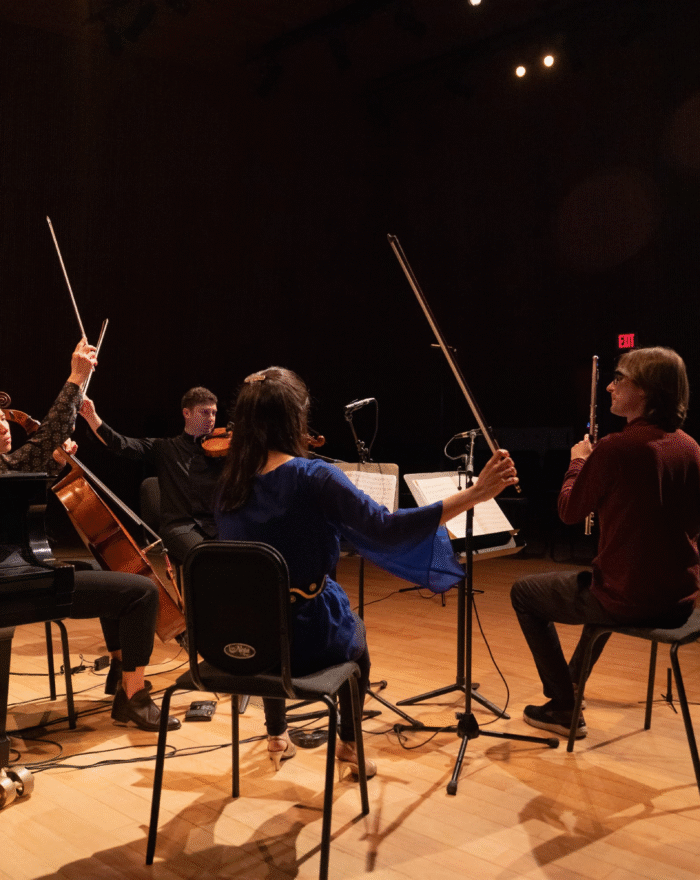Prelude Recitatif et variations
Guillermo Laporta, fluteJosefina Urraca, pianoNathan Schram, viola
Maurice Duruflé was a French composer, organist and teacher who was little known in his lifetime but has won many admirers in recent years. An introspective and highly self-critical musician, he published only 14 works, and often continued to edit and change pieces after publication. Today he is known mainly for his Requiem and a handful of short organ and choral pieces composed for church performance.
After graduation from the Paris Conservatoire, he was named assistant organist at the Notre Dame cathedral in Paris. In 1929, he became organist at the church of Saint Etienne du Mont, which contains the shrine of St. Genevieve, the patron saint of Paris, and the tombs of Pascal and Racine. Duruflé held that position for the rest of his life, premiering Francis Poulenc’s Organ Concerto, and in 1943, adding the position of professor of harmony at the Conservatoire.
Despite the fact that Duruflé lived into his eighties, his list of works is quite brief. Strong self-criticism and doubts as to his compositional abilities kept him from writing more than a handful of works, most of them for organ or choir. His surprising self-effacement was not due to a lack of recognition or talent, for he won several prizes both for his organ playing and his compositions, and his works are of a consistently high quality, revealing a mastery of harmonic color, counterpoint, and formal clarity.
Duruflé’s Prélude, Récitatif et Variations for flute, viola, and piano is a rare example of the composer’s instrumental chamber music. He wrote the work in 1928 and dedicated it to the memory of the well-known French publisher and contemporary music enthusiast Jacques Durand, who had died in August of that year.
The Prélude, marked lent et triste (“Slow and sad”), begins quietly. After building to an impassioned climax, the piano’s cascading arpeggios settle down and give way to the Récitative (a style of “singing speech,” borrowed from opera and sacred music), a dialogue between the viola and flute. The ensuing theme, intoned by the flute with a spare accompaniment in the piano, demonstrates Duruflé’s interest in medieval plainchant, which serves as the basis for the Variations that conclude the work.


